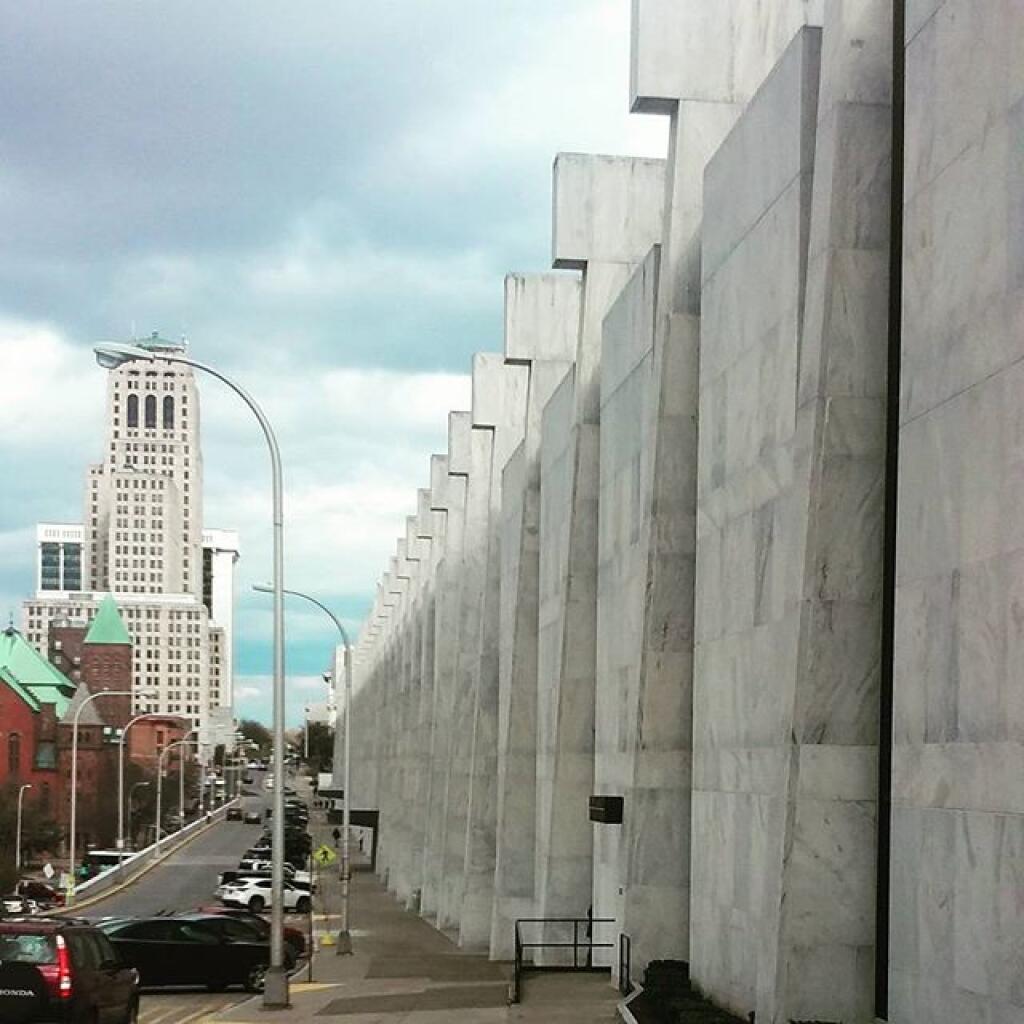Good evening! Trick or treat. I’m not doing any of that this year but I’m sure the kiddies are having fun tonight. Partly clear and 51 degrees in Delmar, NY. There is a west breeze at 8 mph. That breeze makes it feel a bit chilly out waiting for the bus this evening. Traffic is a bit goulish too tonight. I guess the gobblins are in line waiting to beg for candy.
Tonight will be partly cloudy, with a low of 33 degrees at 5am. Three degrees below normal. Southwest wind 3 to 8 mph. In 2016, we had mostly clear skies with more clouds in the early hours of the next day. It got down to 25 degrees. The record low of 22 occurred back in 1964.
Tonight will have a Waxing Gibbous Moon with 88% illuminated. The moon will set tonight at 4:10 am. The Beaver Moon is on Friday night with scattered showers. The sun will rise at 7:29 am with the first light at 7:00 am, which is one minute and 15 seconds later than yesterday. Tonight will have 13 hours and 41 minutes of darkness, an increase of 2 minutes and 35 seconds over last night.
Tomorrow will be scattered showers, mainly after 2pm. Increasing clouds, with a high of 49 degrees at 2pm. Five degrees below normal. South wind 3 to 7 mph. Chance of precipitation is 30%. New precipitation amounts of less than a tenth of an inch possible. A year ago, we had partly cloudy skies. The high last year was 56 degrees. The record high of 78 was set in 1950. 3.9 inches of snow fell back in 1951.
Right now, a split verdict on the weekend. Saturday, partly sunny, with a high near 53. Sunday, a chance of rain and snow before 8am, then a chance of rain. Mostly cloudy, with a high near 52. Chance of precipitation is 50%. Typical average high for the weekend is 53 degrees.
In four weeks on November 28 the sun will be setting at 4:23 pm (Standard Time), which is one hour, 24 minutes and 47 seconds earlier then today. In 2016 on that day, we had mostly sunny skies and temperatures between 45 and 20 degrees. Typically, you have temperatures between 43 and 28 degrees. The record high of 68 degrees was set back in 1990.
Looking ahead, Election Day 2017 is in 1 week, Average High is 40 is in 2 weeks, New Years Eve is in 1 months, Election Day 2018 is in 53 weeks and Election Day 2020 is in 157 weeks.

